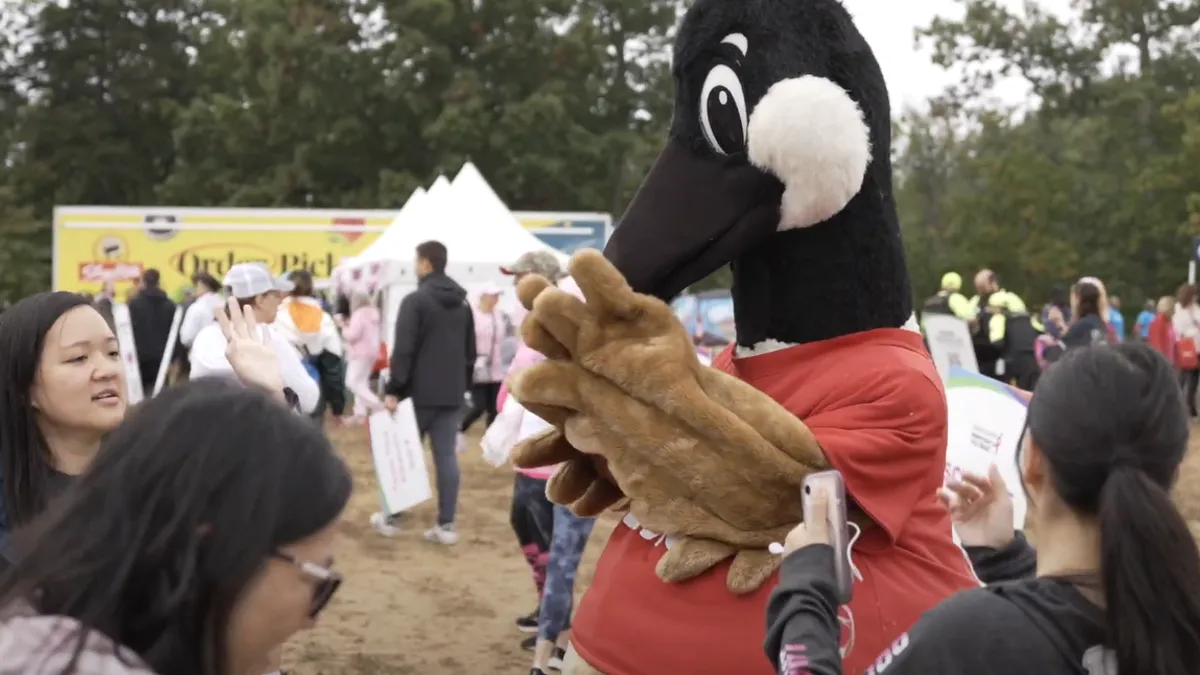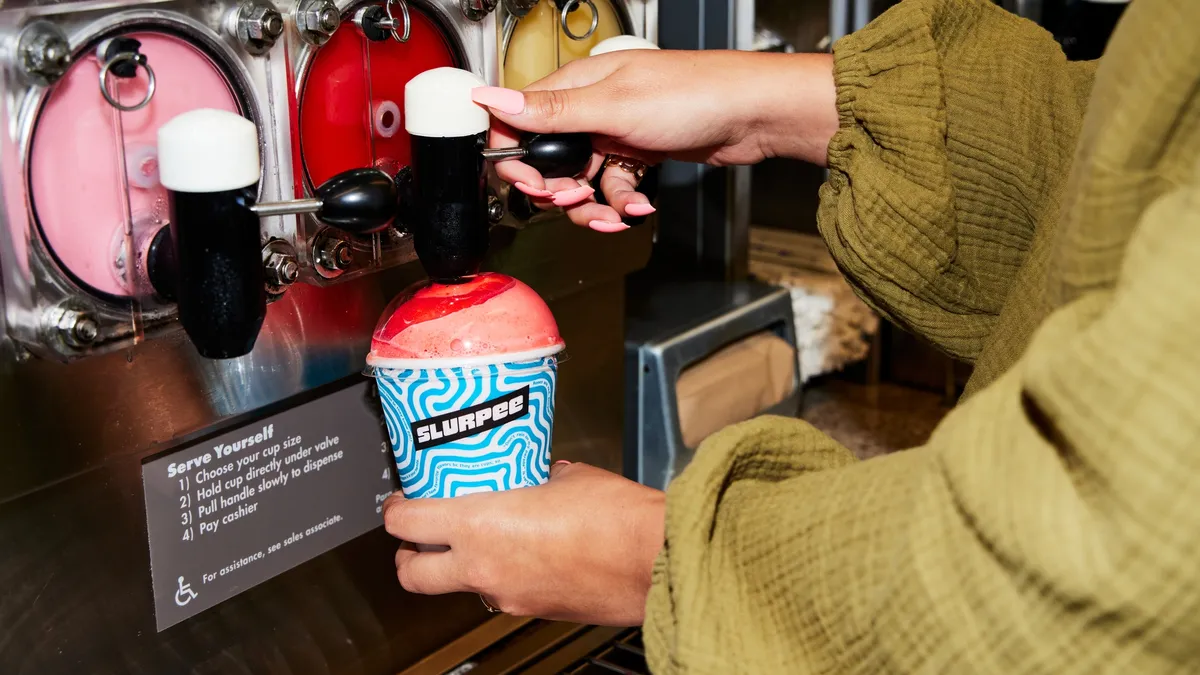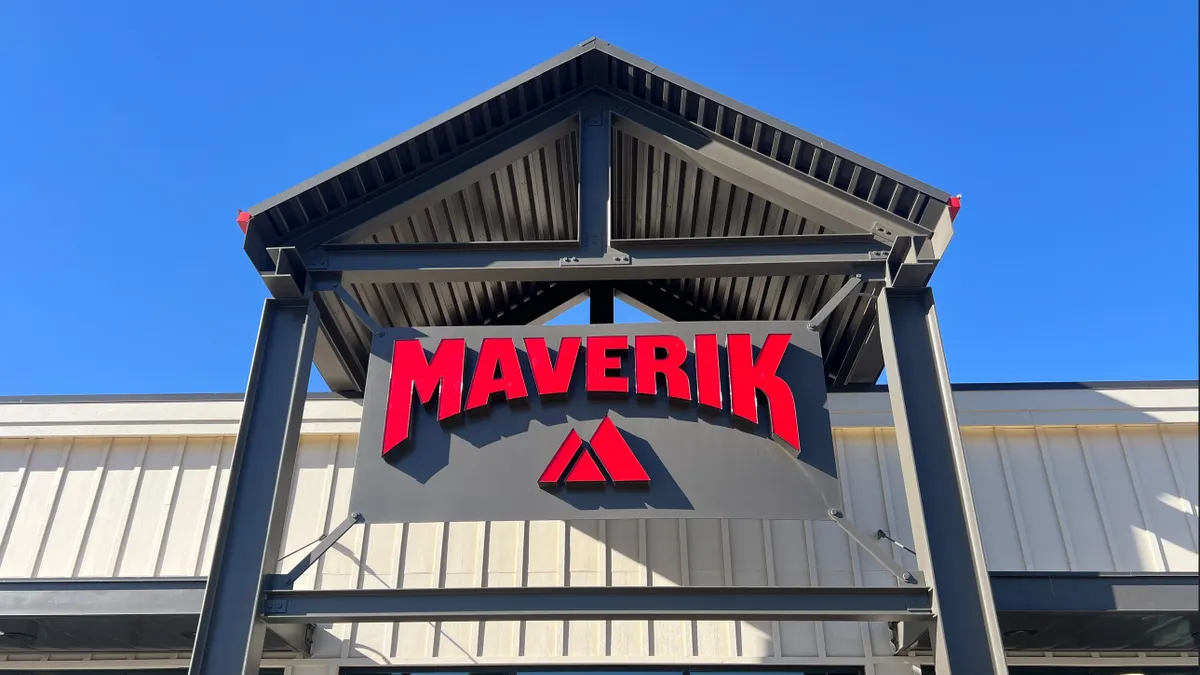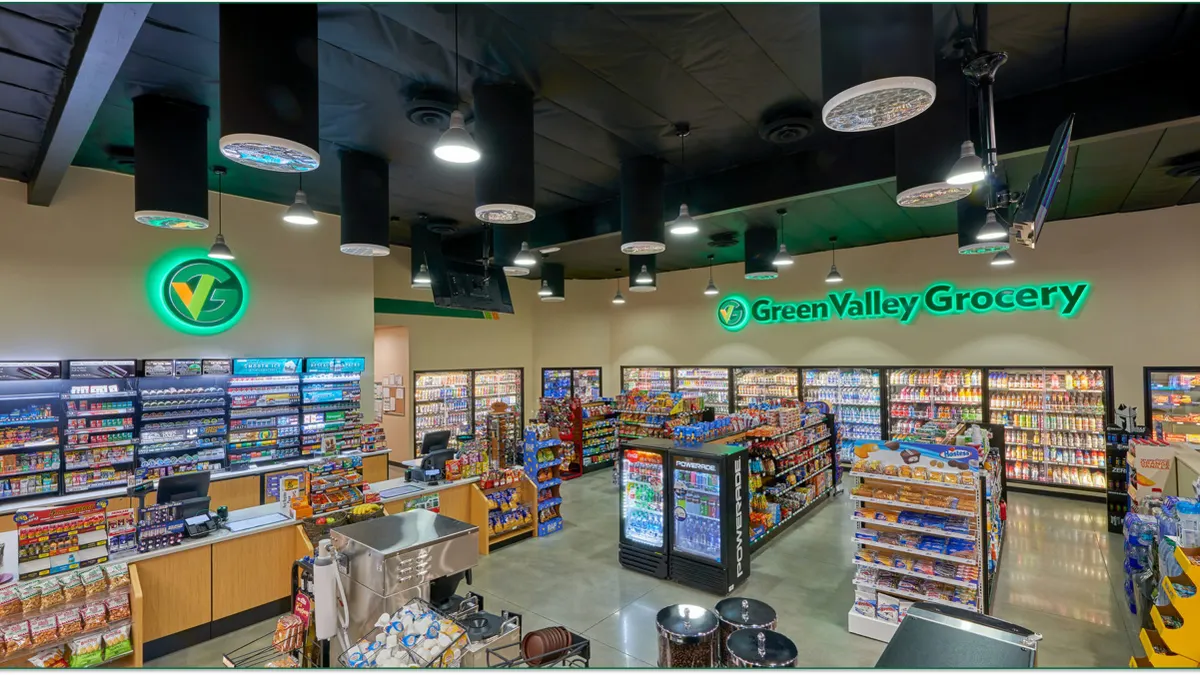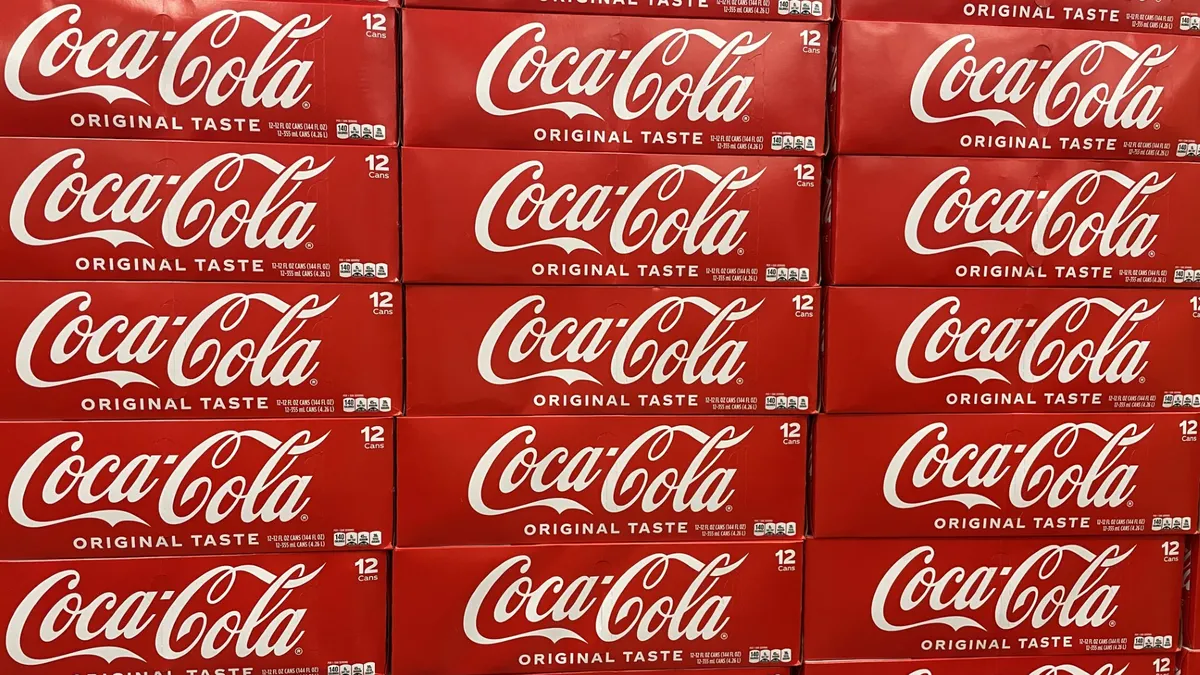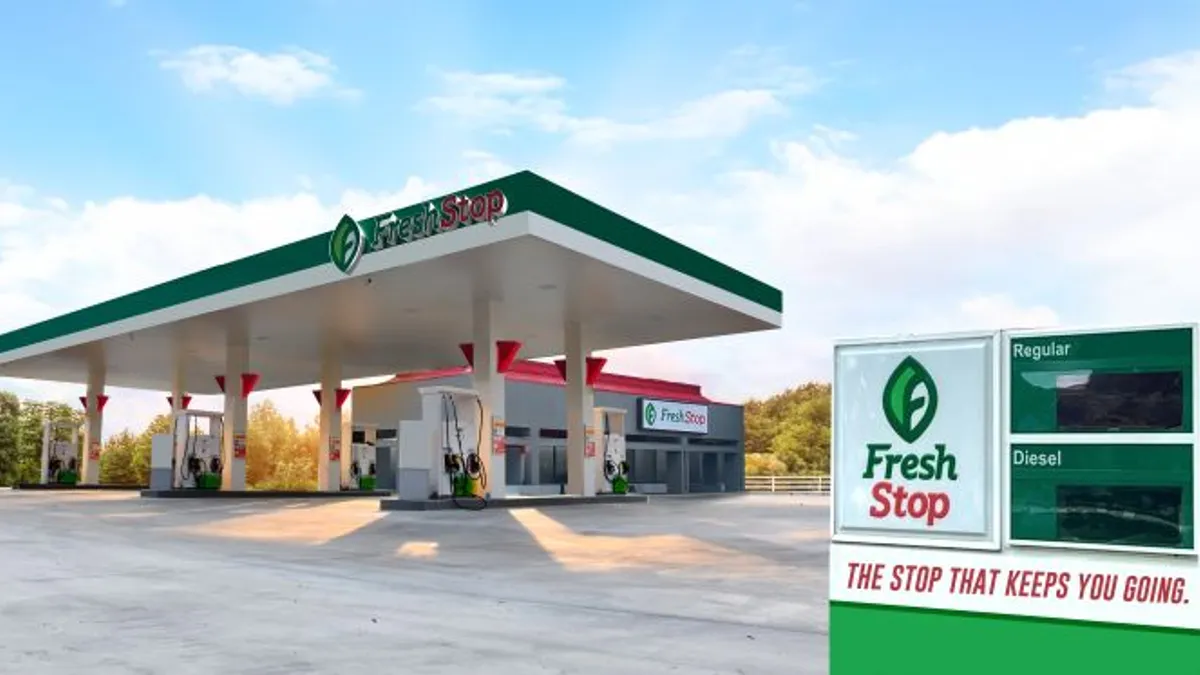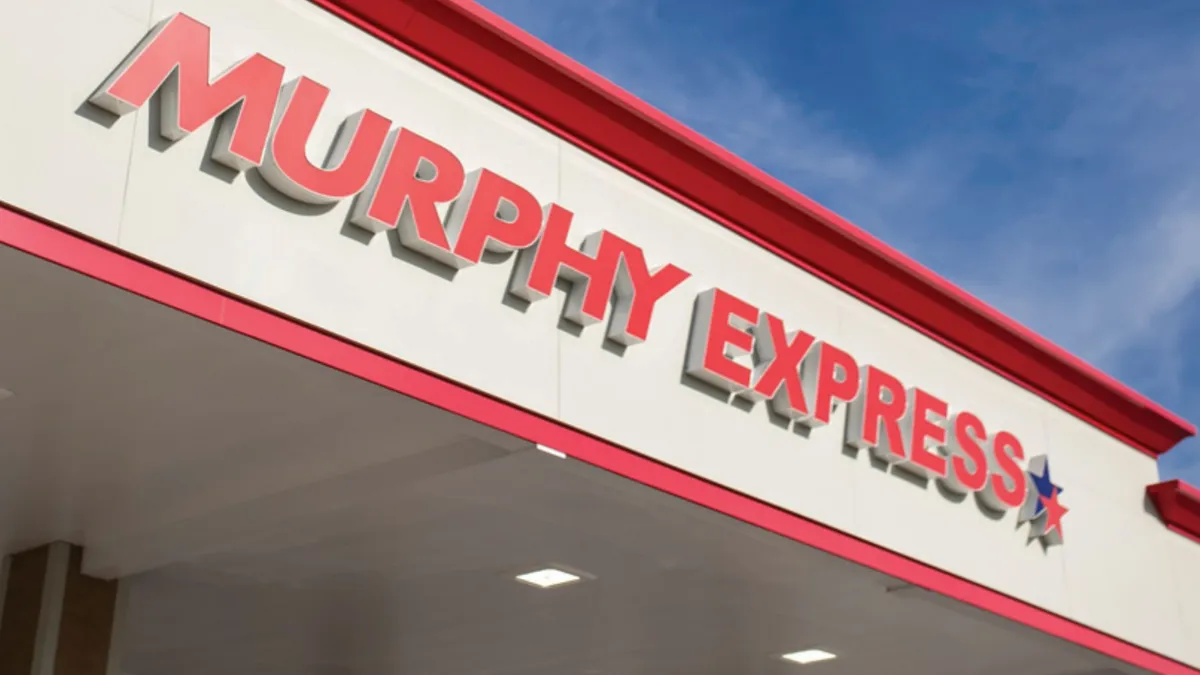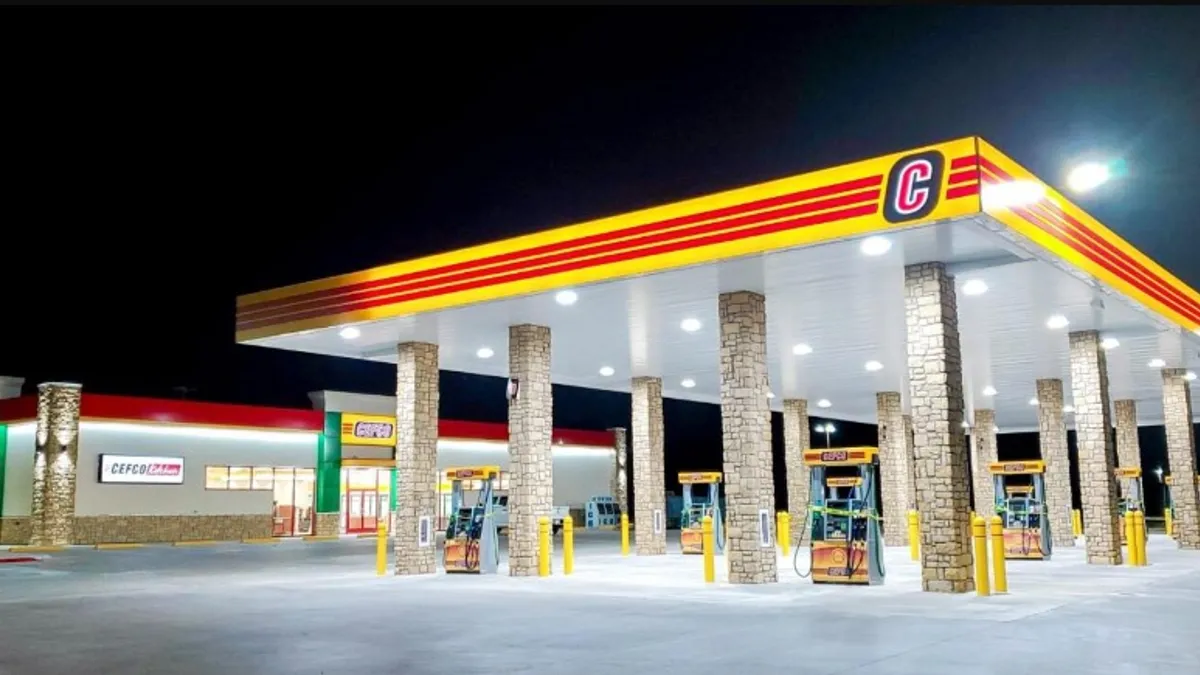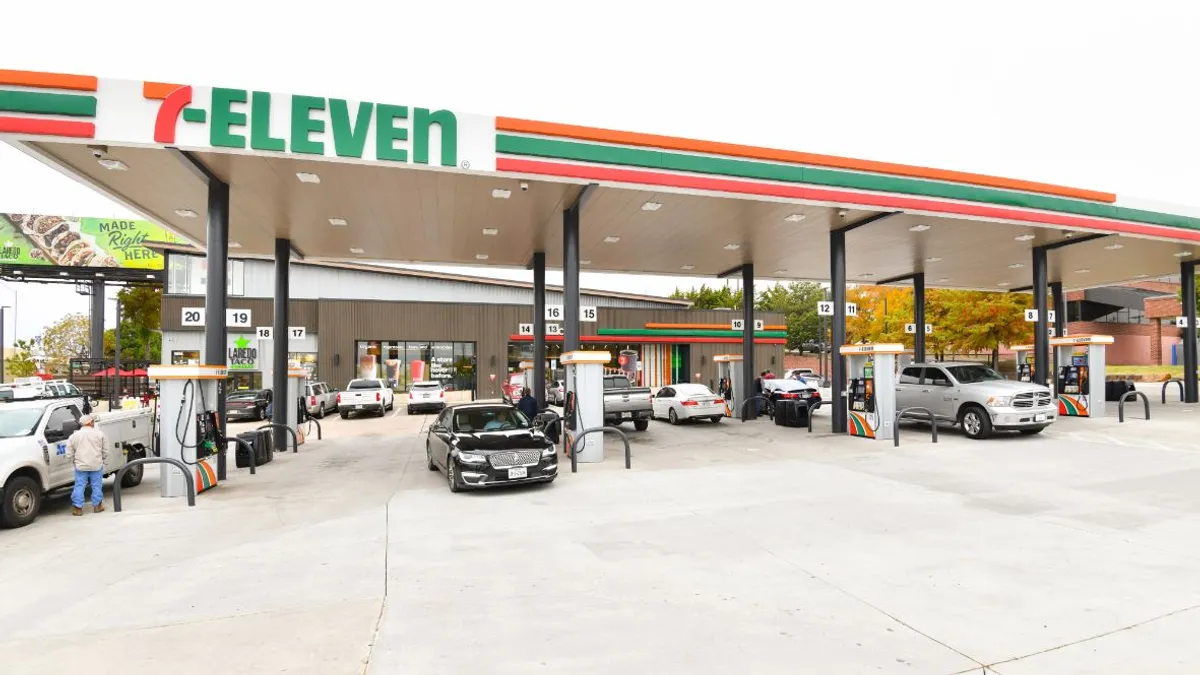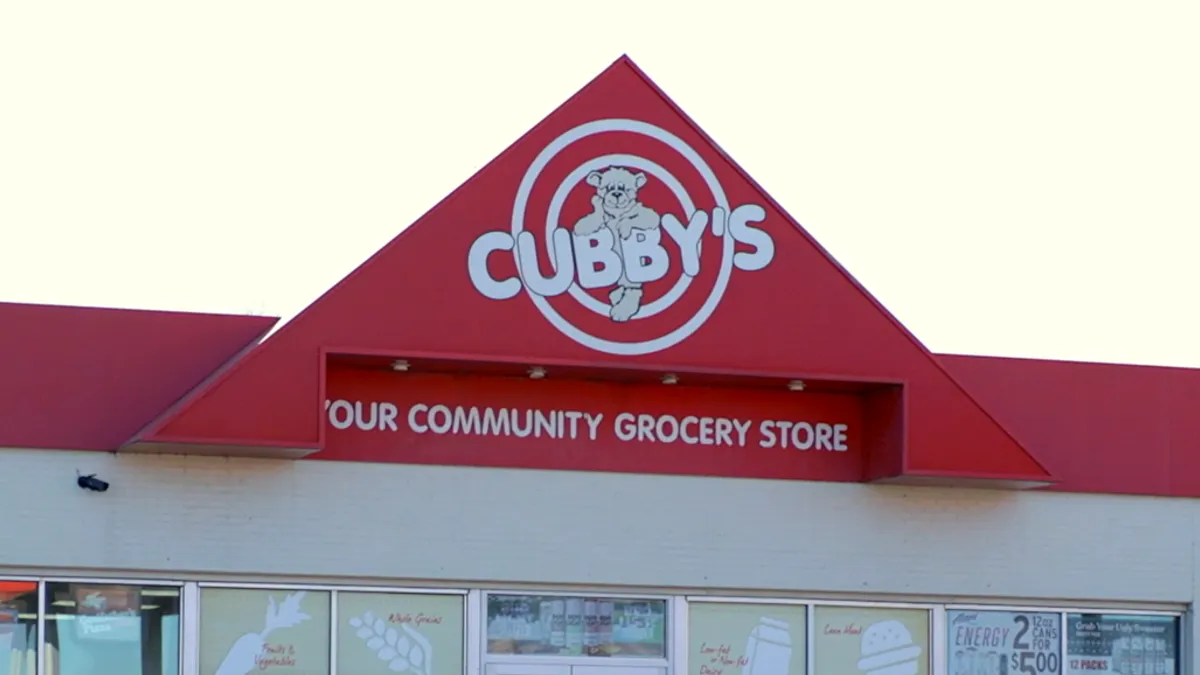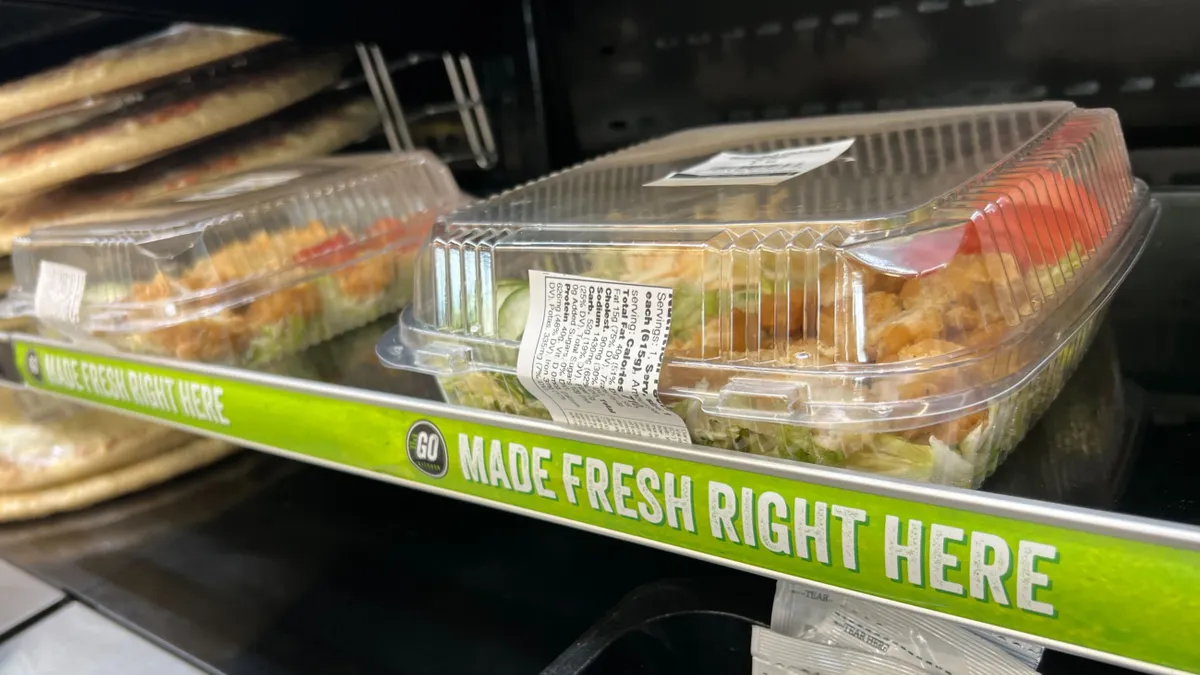When Wawa welcomes new stores to its network, it’s not the company CEO or president who picks up the novelty scissors and cuts the ceremonial ribbon. It’s Wally Goose, the company’s mascot.
Experts say this is an ideal way for a c-store to utilize a mascot.
“We found [mascot characters] to be a really useful kind of brand ambassador,” said Michelle Rader, director of creative strategy and creative services for C3 Brand Marketing.
Mascots give companies a way to personify the brand and “create a connection that is much more concrete than your average connection,” said Rader.
That connection has played out for Stinker Stores, a convenience retailer with more than 100 locations in Idaho, Colorado, and Wyoming whose mascot, Pete, has been around since the 1940s.
“I regularly get emails from our website asking how to purchase Stinker (Pete) branded merchandise and products,” said Billy Colemire, vice president of marketing and brand.
Many of those requests, he noted, come from people who just passed by a store on a road trip.
In a world where c-stores are trying to cultivate more loyalty among their customers, having a memorable mascot can be a powerful tool.
“You're gonna be personifying the best aspects of your brand and its story, and what makes it unique,” said Rader. “You give the consumer something that's easy to remember and easy to identify with.”
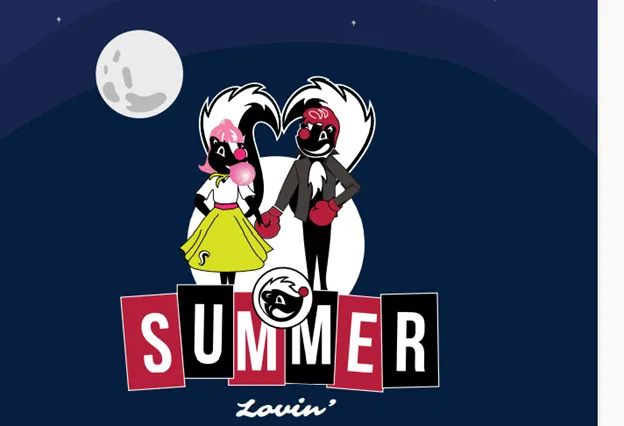
Embodying the brand
For retailers considering a mascot, there are a few things to remember, said Rader. For one, companies need to make sure their new mascot is distinct from the competition.
“The last thing you want to do is, the other guy has a bunny and you have a hare,” Rader said.
But the most important thing is to be authentic to the brand — a point that is extra important for retailers like c-stores that appeal to younger demographics.
“Millennials and Gen Z's are really looking for [authenticity],” said Rader. “They can absolutely sniff out fakeness from a brand.”
Both Stinker’s name and mascot harken back to the very beginning of the company’s story, Colemire said.
“When the company was founded in 1936, Farris Lind gained a reputation for undercutting the ‘big oil’ companies by selling gas to customers at more affordable prices,” Colemire said. His competitors started calling him a “real stinker” so he decided to lean into the name, and “Pete became the visual representation of that.”
Pete has undergone a number of updates in his decades as the face of Stinker Stores, with the most recent coming in 2021. However, some aspects remain consistent, like his boxing gloves — “ because he’s always ready to fight for what’s right,” Colemire said — and the grin on his face.
The person in the suit
One way to integrate a mascot is bringing it into the real world via a costumed performer.
Stinker found their mascot was so popular with both workers and customers that they eventually developed a costumed version for grand openings, community engagements and other in-person events.
“Photos with Pete is typically one of the most popular aspects at each of these events,” said Colemire.
If a company has a mascot that only exists in two-dimensional form, they may want to go in a slightly different direction when it comes to a costumed mascot.
“It works in a cartoon,” said Mark Decoux-Cozzi, president of The Mascot Company, which has created mascot costumes for a variety of sports and retail customers, including the San Jose Sharks NHL team and Chicago Bears NFL team. “It doesn't work in the real world where we have to make it, the performer has to be able to walk, that sort of thing.”
A cartoon hairbrush mascot, for example, wouldn’t work well in a physical form, he said. That could just spur companies to be more creative in their thinking.
“Let's make a really shaggy dog if your appeal is to moms with little kids,” Decoux-Cozzi said. “If your appeal is to a little bit of a hipper crowd, well, we could do something that looks more like a troll.”
The use to which the costume will be put also needs to be considered. Someone in a taco costume probably won’t be doing backflips or dunking a basketball.
Retailers also need to understand that the costume will be a significant investment, with high-quality ones running tens of thousands of dollars, that can take months to make.
“Take the time to do it right,” said Decoux-Cozzi. While the retailer may miss a couple events, taking that time and making that investment will help the company get a costume that looks great and lasts longer.
People are “not gonna remember that you missed homecoming 2024” if the school or company gets a great costume that they can use in 2025, 2026 and beyond said Decoux-Cozzi.
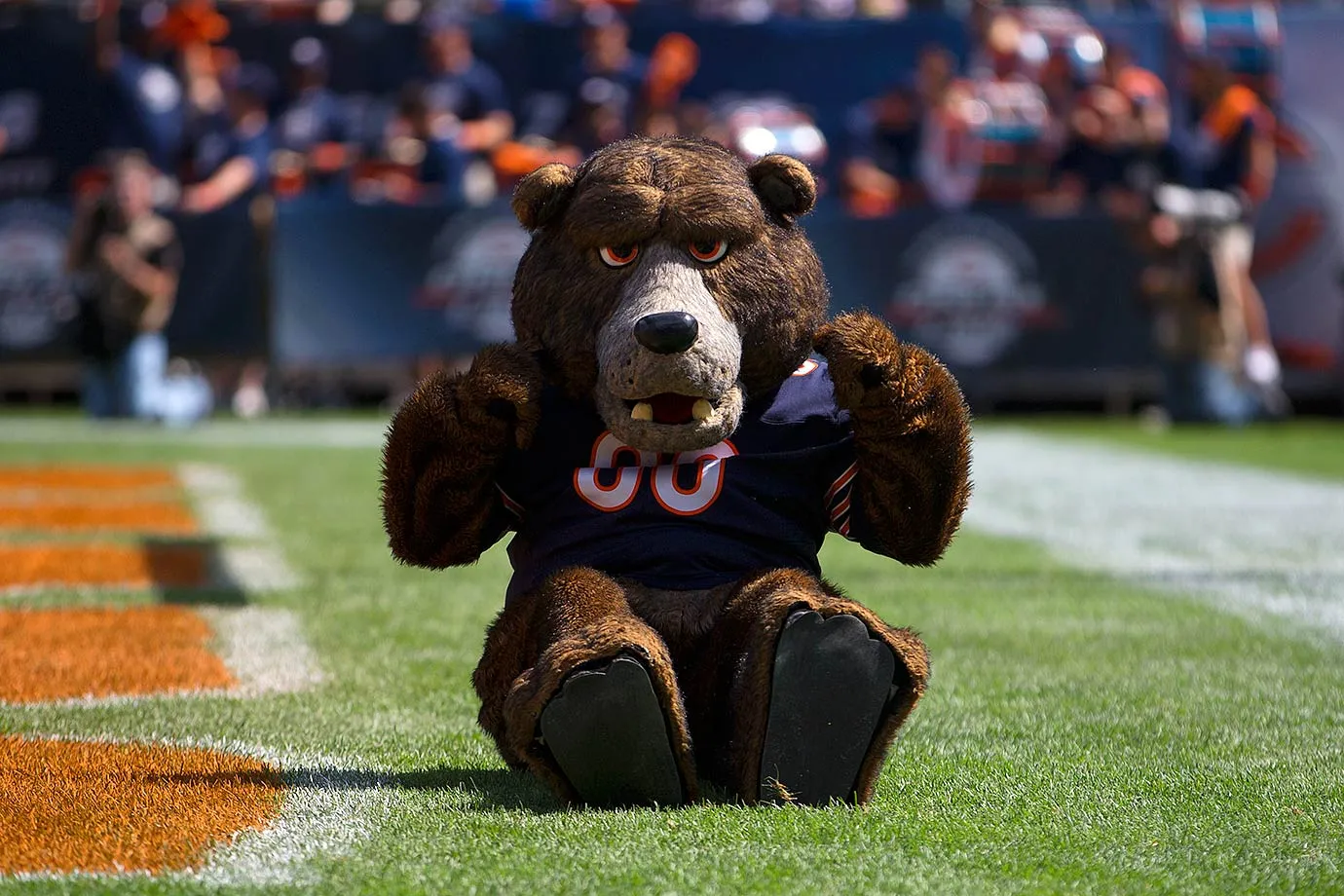
Engaging the interior of the store
While some companies might find a use for mascots on exterior signage, the better use is having them help relay “specific messages” to customers, said Rader.
Companies can take advantage of the more personal connection to not only enhance menu boards or build directional signage around the store, but also to make advertising more fun.
Last summer, Pete starred in a series of “Summer Savings” ads for Stinker Stores where he dressed up as various characters from the movie “Grease.”
“The outfits, word choices, sign placement, etc., were all strategic,” said Colemire. The stores even played music from the soundtrack, “to create a more immersive brand experience for our customers.”
Pete has also become an integral part of Stinker’s foodservice program, which began development in 2020 and officially rolled out in March 2021. He even lent his name to the program — Pete’s Eats.
When the convenience retailer started getting into private label items, Pete also got involved: there’s Pete’s Pure, four water SKUs similar to Smart Water; Pete’s Treats, more than 20 savory snack items, like jerky or nuts; and Pete’s Sweets, more than eight sweet items.
Mascots — especially the costumed mascots — can also make a big impact on social media marketing.
“There's just such an absolute sea of video content and social media posts,” said Rader. “Having something with a little bit of personality can really make you stand out in that area.”
For example, Dandy Mini Marts’ mascot, Dandy Man, can be seen on the company’s Facebook page celebrating the first day of school, riding in holiday parades and even fleeing from the sasquatch.
This sort of usage goes “above and beyond the average brand communication,” Rader said.
So while it may be tempting for some retailers to dismiss mascots as childish, Rader says they’re actually a marketing tool that can bring in serious brand equity.
“The idea of them being just kind of a cartoon character?” said Rader. “I don't think [that] does them justice as the valuable tool that they can be in communicating with the narrative of a brand.”


